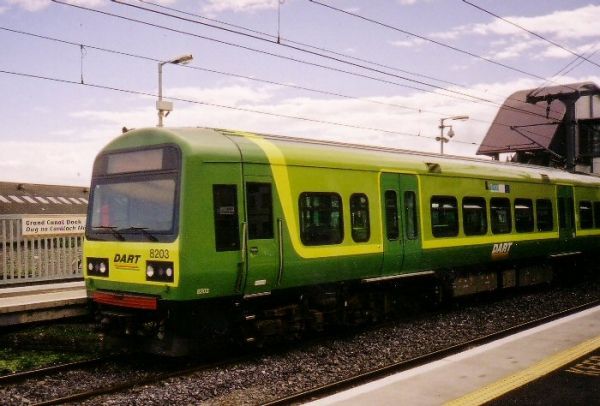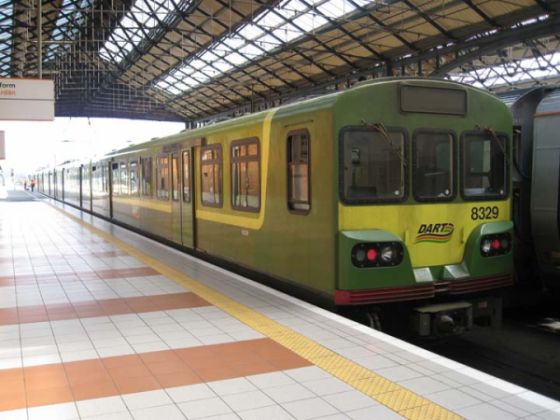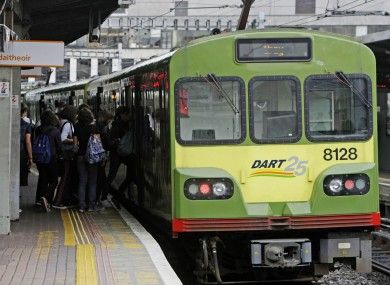Expanded capacity linked to economic recovery
Dublin's Dart services have increased their frequency from one train every 15 minutes to one every ten minutes. The extra capacity will affect peak times during morning and evening rush hour, and possibly at other times over the course of the day.
Irish Rail says the move is in response to a significant rise in passenger demand, reflecting Dublin's advancing economic recovery and expanding workforce. The current frequency of Dart services is almost on a par with their peak capacity in 2008, before the collapse of the country's property bubble and the ensuing economic crash.
In the last couple of years there has been a slight increase of passengers taking the Dart, however since the start of 2015 its number of commuters has jumped over six per cent compared to the same period 12 months ago. In a further indicator of growing passenger numbers, Irish Rail has begun adding extra carriages to trains operating during peak times.
The rail company credits its success in part to advantagous ticket schemes such as the Leap Card, which acts as a pay-as-you-go smart card for regular commuters.
The Dart (Dublin Area Rapid Transit) runs along the capital's coastline, from the affluent north Dublin suburbs of Malahide and Howth southwards to Greystones, a holiday destination in Co Wicklow.
















